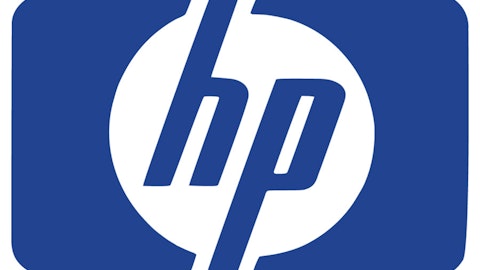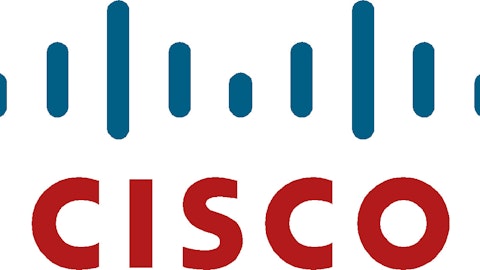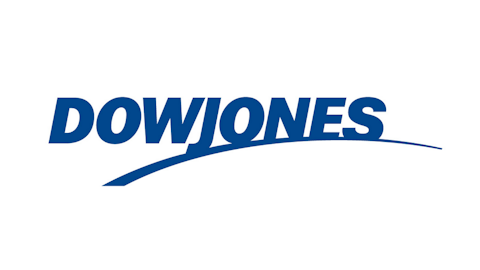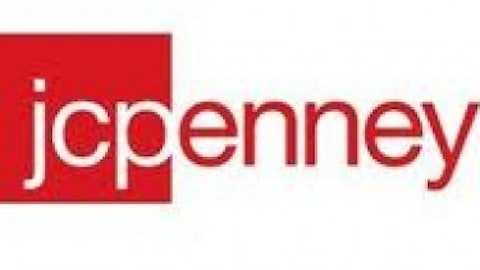Assuming that you are keeping abreast of company news, and reviewing company-issued financials each quarter (www.fool.com is a great place to do both), calibrating your investment means revisiting your initial investment assumptions, optimally when you review those quarterly results. The questions you ask will largely depend on your own reasons for entering a position. However, two standard assumptions that I believe you must test are the following:
- Is the company still executing its strategy convincingly?
- Does a strong market demand for the company’s products or services still exist?
While the first of these assumptions seems fairly straightforward to test, the second depends upon your having thought about market demand before investing. This doesn’t have to be rocket science: Would you say that there continues to be a substantial market demand in the U.S. for delicious, teardrop-shaped chocolate candies wrapped in foil, which are opened by tugging at a flimsy strip of paper? Hershey’s thinks so, and I agree.
Our example for calibration is a storied company, commonly credited with putting Silicon Valley on the map in the 1960s. Again, let’s start the tape on October 1, 2007:

HPQ Total Return Price data by YCharts
Ouch! Hewlett-Packard Company (NYSE:HPQ) survived the great recession, only to see its chief revenue stream, the sale of personal computers, wither under the aggressive advent of tablets and the increasing use of mobile devices. As the stock price deflated, simply asking if there was still strong market demand for HPQ’s PCs and laptops would have provided actionable food for thought.
While it’s arguable whether Hewlett-Packard Company (NYSE:HPQ)’s execution of strategy has been effective over the last five years, one would be hard pressed to deny that the market for PCs is changing rapidly. But as you might deduce, the two assumptions of execution and market demand are inter-related; and successful companies need both conditions to be present to thrive.
Heraclitus was right
Looking at the charts of the companies above, you may be struck, as I was, that investing when the aggregate market is high takes patience, judgment, and a fair bit of chutzpah. While no cakewalk, appealing long-term returns can be gained irrespective of market position — with a little homework and patience. Buying, holding, and calibrating can boost your confidence and desire to step into that swift-flowing river.
The article Buy, Hold, and Calibrate: How to Invest at a Market Top originally appeared on Fool.com and is written by Asit Sharma.
Fool contributor Asit Sharma has no position in any stocks mentioned. The Motley Fool recommends Kimberly-Clark and Lowe’s.
Copyright © 1995 – 2013 The Motley Fool, LLC. All rights reserved. The Motley Fool has a disclosure policy.



